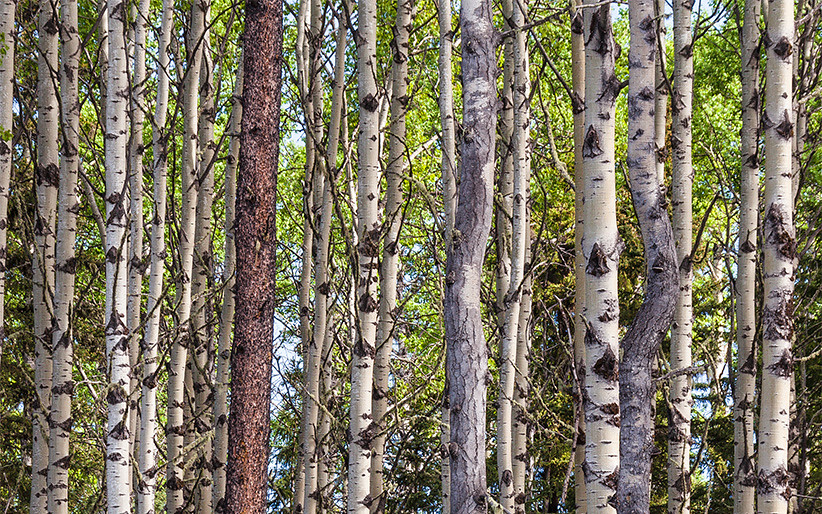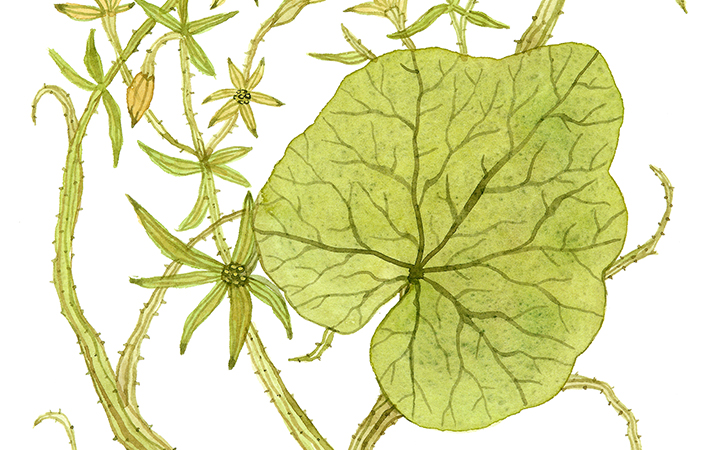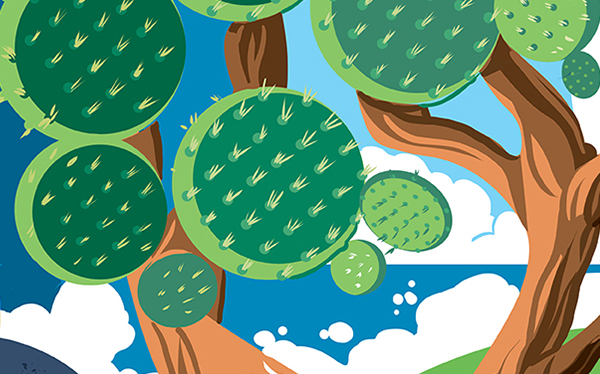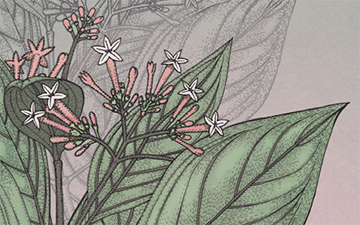Eudicots

Trembling Aspen
Populus tremuloides


2 POINTS
Fact: New aspen trees grow from the roots of adjacent trees. This clonal nature makes aspen the heaviest and oldest living organism.

Baobab Tree
Adansonia digitata



2 POINTS
Fact: During the voyage, the observation of this tree (which can grow to be 6000 years old), is thought to have made Darwin ponder the long timescales in the Earth’s geology.

Sicyos villosus
Cucurbitaceae Sicyos villosus


2 POINTS
Play: This plant is EXTINCT.
Fact: Darwin’s single dried specimen of Sicyos villosus, collected during the Beagle voyage, appears to be the only piece of evidence that showed this plant ever existed.

Galapagos Prickly Pear
Opuntia echios


1 POINTS
Fact: This prickly pear is a favourite meal for the Galápagos tortoises. It’s presence is also a selective pressure and has resulted in changes to the tortoise’s shell.

Lathyrus nervosus
Lathyrus nervosus


3 POINTS
Fact: During the Beagle voyage, this pea plant specimen was collected in Bahia Blanca, near Buenos Aires on October 2nd, 1832.

Cinchona tree
Cinchona genus


2 POINTS
Fact: The drug quinine is isolated from cinchona.